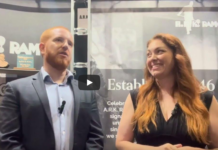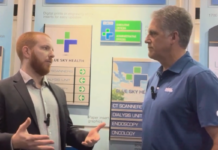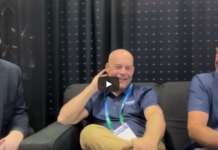What separates a good vehicle wrap from a stellar one is the quality of the install. And planning for the install starts at the design stage.
“When designing graphics for a new vehicle type, it’s worthwhile to involve the installer to get on the same page,” recommends Adrian Cook, digital print marketing manager at 3M. “Know the body lines, the curves, the dimensions, and the panels and create a design to fit it so you don’t have alignment or overstretching issues.”
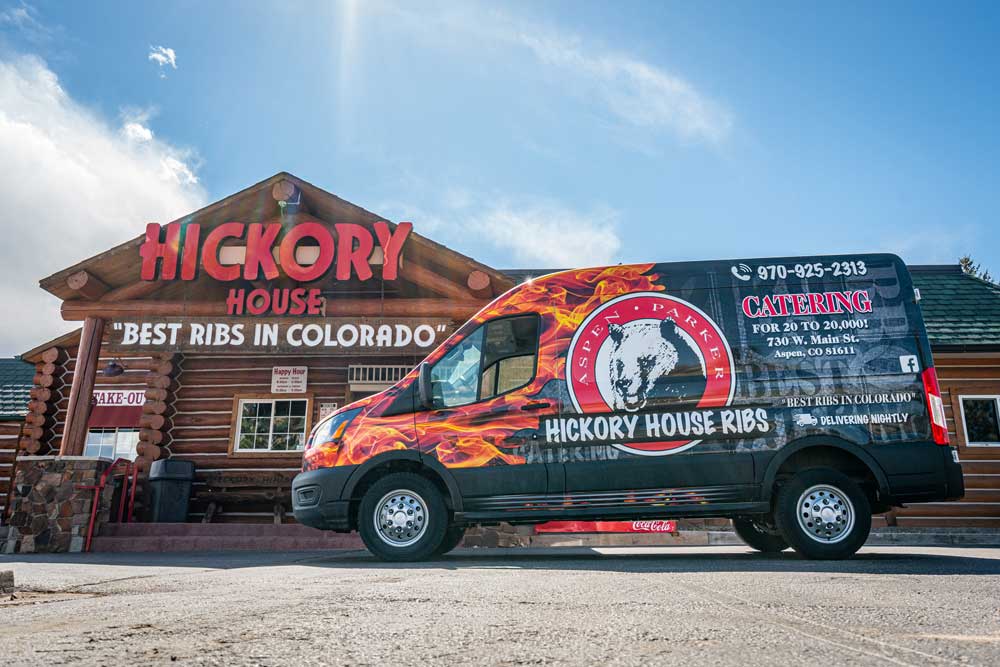
Pete Kouchis, owner of VisuCom Signs & Graphics in Mokena, Illinois and PRINTING United Alliance PDAA committee co-chair, says it’s also good practice to take full-frame photos and detailed close-ups of non-flat areas to refer back to during installation. “Once you cover the whole side or bumper with your panel, it’s easy to forget the details of what’s underneath,” he says. “Mask off any unremoved emblems, handles, or other obstacles to help the vinyl slide over them when tucking.”
In fact, not checking for these non-flat areas is one of the top installation mistakes Kouchis sees in wrapping:
Not checking all panels for location of handles, hinges, or other obstacles before beginning. There is nothing worse than a handle in the phone number or a body molding through the URL!
Confirming that you have enough bleed on all four sides before starting.
Aligning the first panel—choosing the correct “plumb line.” This starts with making sure the template was level in the design software.
Josh Culverhouse, Graphic Innovations market manager at ORAFOL Americas, Inc., says one of the most common installation mistakes his company sees is trapping air in cargo van recesses.
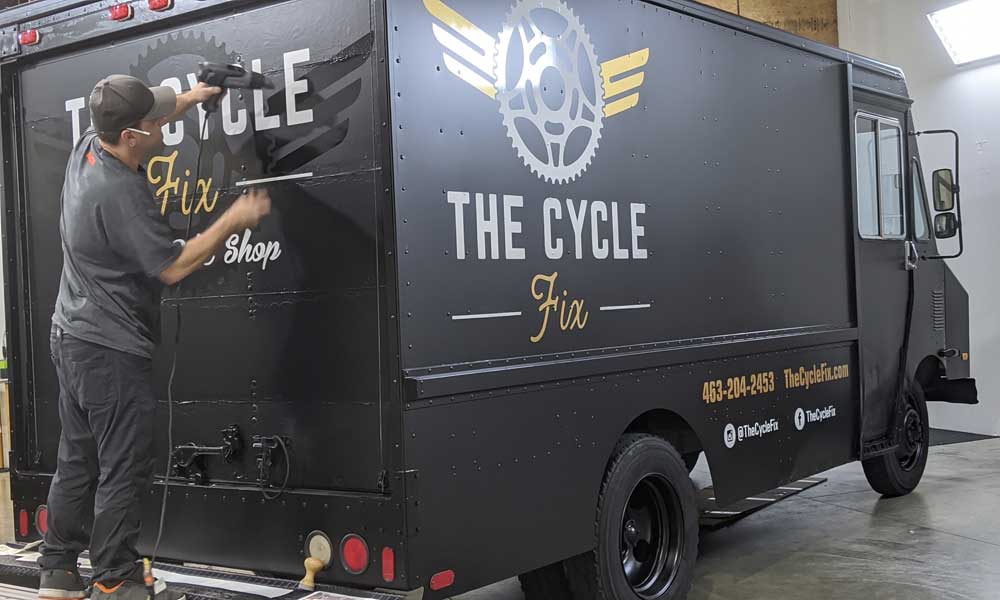
“If any bit of air is trapped in or around these recessed channels, the air will expand and cause the wrap film to pop up,” he says. “Many want to blame the material, but it’s as simple as ensuring all air is moved out through the panel opening, and proper post-heat and pressure occurs to change the flat memory to a curved memory and lock it in for the long haul.”
Proper post-heating is essential for any vehicle wrap. “When material is applied to a complex curve edge or an area that was formed outside the original shape of the roll of material, it absolutely needs to be post heated,” says Allen. “Killing the memory by post-heating to 180 degrees will trick the material into keeping the shape the material was formed into.”
Other mistakes to look out for include overstretching the material and making sure the material is all applied in the same direction. “Even if the material is not directional, it is good practice to keep all material facing the same way,” says Allen.
Installers, even experienced ones, may also want to invest in training.
“These days, having preferred installers on staff is a necessity to compete for customers, but it’s more than just a credential. Even experienced installers will gain a tremendous amount of knowledge in three days of intense hands-on training, resulting in faster installs, fewer mistakes, and less rework,” says Cook.


